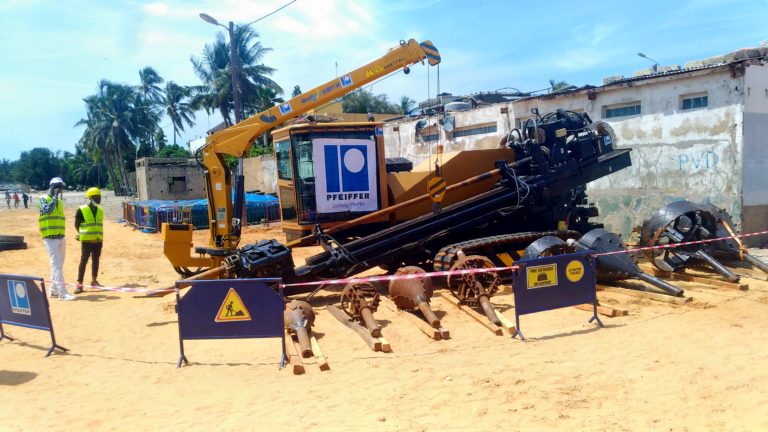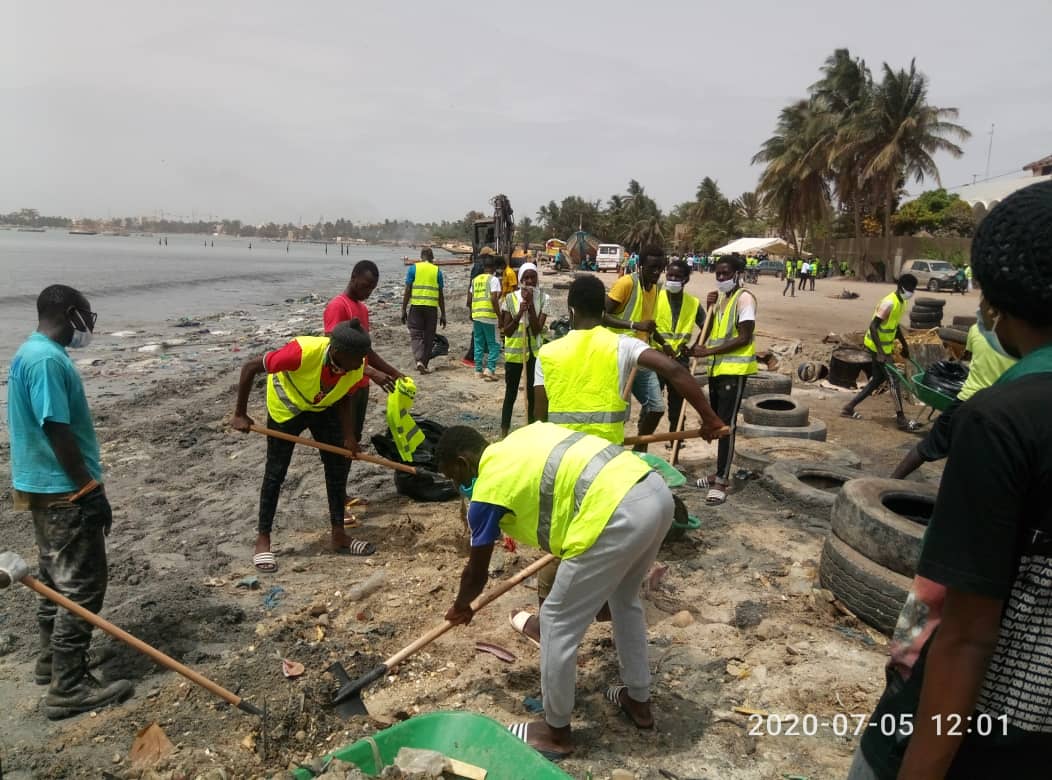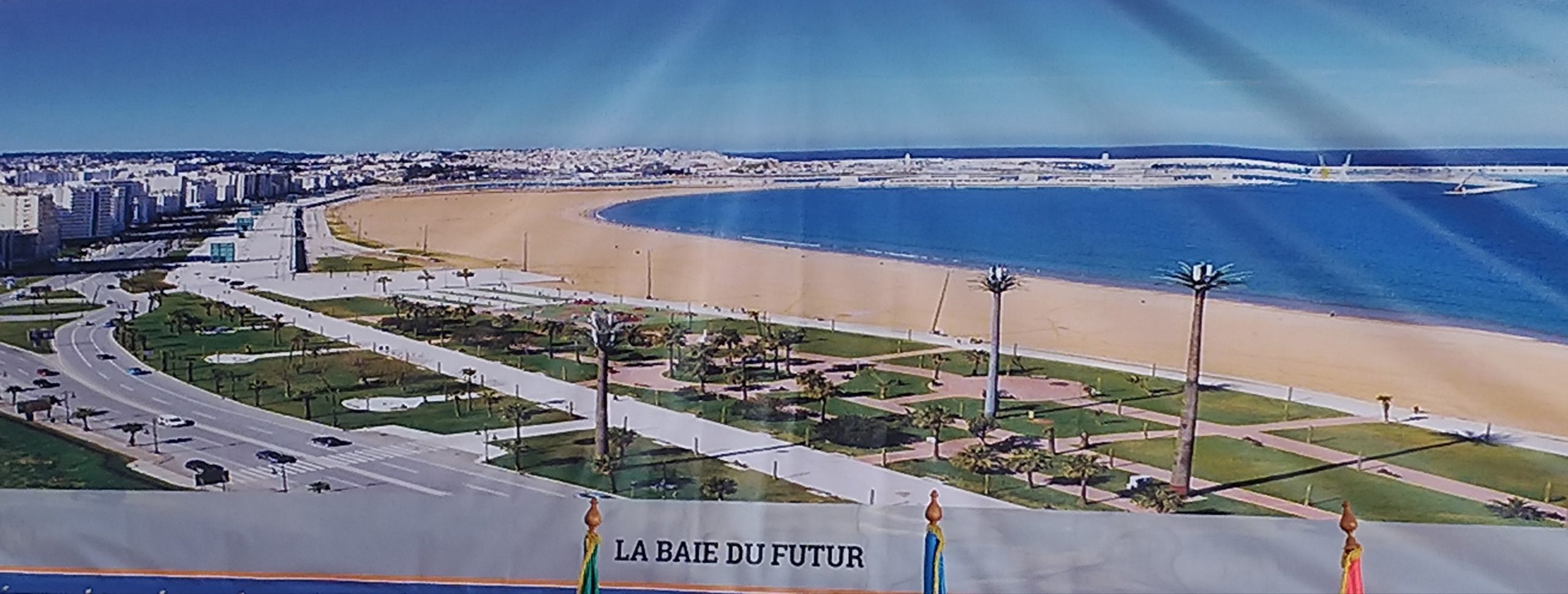
Senegal’s Hann Bay was once a sparkling jewel with white sand beaches that ran from the industrial port of Dakar about eight miles to the outskirts of the city. In fact, it was often compared to Rio de Janeiro’s fabled Copacabana.
But since 1960, Dakar’s metro region has grown from less than half a million to almost 2.5 million as people from the interior of Senegal, fleeing drought and searching for new economic opportunities flooded the city. With that growth has come more and more industry, and today a patchwork of canals and pipes pour their waste into Hann Bay, severely polluting it with untreated sewage, industrial waste, and more. The bay has been the repository for pollution from many industrial sources, including chemical companies, a slaughterhouse, food companies, a tannery and an oil refinery.
Mbacke Seck, who has been the executive director of Hann Baykeeper for nearly two decades, grew up on the bay in the village of Hann, where there is a busy fish market where fishermen and merchants spread out their hauls of sardines, barracudas, sharks, and eels. “When we were kids,” he says, “the beach was full of fine white sand. And there were so many fish that when there was a big wave, it could bring some of the fish to shore.”

But Hann grew along with the rest of the city, as many of these migrants became fishermen and built houses in the old village. There was no trash collection because the streets were too narrow to allow garbage trucks to enter, so residents threw their trash into the bay. There was no sewer system in this part of the city, either. Houses still relied on latrines that owners had to pay to empty with special solid waste trucks. Many people didn’t want to pay the price, so they cleaned out the latrines themselves and dumped their waste into a nearby canal, or, often, directly into Hann Bay. “And suddenly, we realized,” says Seck, “that it was impossible to swim in the bay. We noticed that there weren’t as many fish. And when the waves came in, they carried mostly trash.”
But now, thanks in large part to Hann Baykeeper and Mbacke Seck, who has worked tirelessly fighting for the clean-up of the bay, this dark chapter in the bay’s history is about to end.
On September 25, Senegal’s Minister of Water and Sanitation, in front of the ambassadors of the European Union, France, the Netherlands, Belgium and China, launched the start of what will be a massive undertaking to clean up the bay.
The minister vowed that in three years the bay will be completely free of pollution and the infrastructure of an up-to-date sanitation system will be in place.
The projects include the construction of seven pumping stations; a wastewater treatment plant that will provide primary treatment before piping the wastewater almost three miles offshore; 15 km of secondary networks for industrial connections; and 30 km of secondary networks for connecting households and 2000 residential connections.
Finally, the project will make it possible to connect 120 manufacturers to the sanitation network; provide a healthy and sanitized environment for 500,000 people; and foster the creation of jobs and additional wealth.
In Mbacke Seck’s village of Hann and a neighboring fishing village, an urban restructuring project is planned, including wider roads that will allow garbage trucks into the villages’ streets, that will transform the two communities.
Financing for the project, which will amount to more than $68 million, is being provided by the French Development Agency, the European Investment Bank, the State of Senegal, the China Development Bank, and the Netherlands.

Hann Bay hasn’t yet been returned to the pristine state that Mbacke recalls from his childhood. But thanks in large part to his refusal to give up, the work has begun. “And the children of this village will see the bay that I saw as a child,” he says, with a smile almost as broad as the bay.